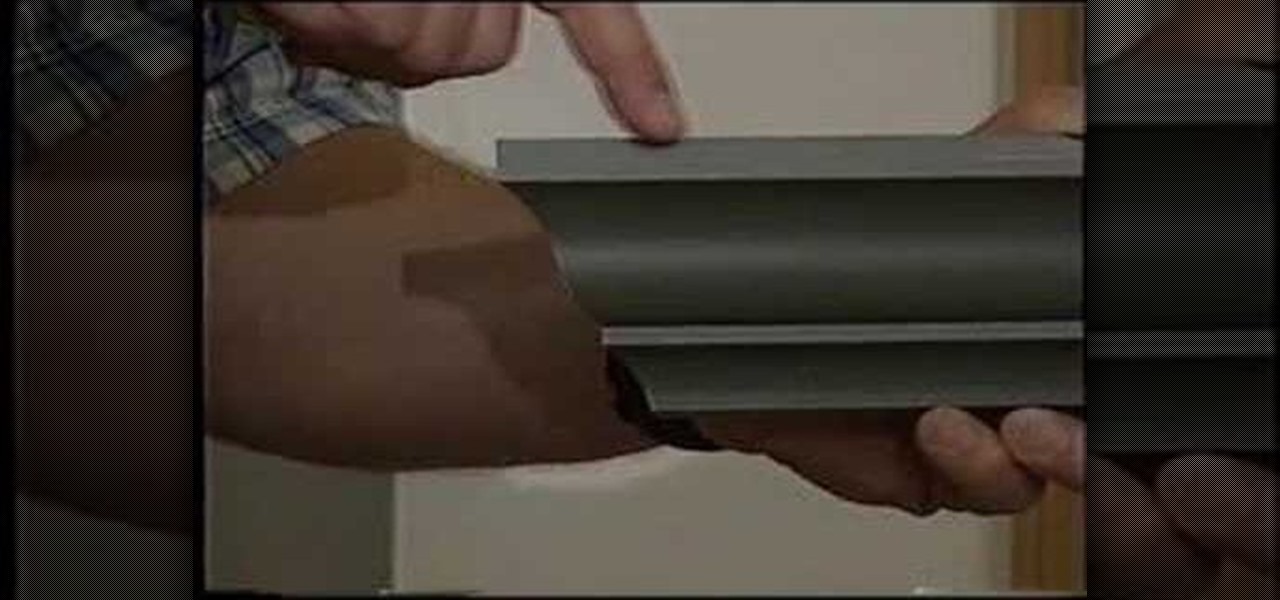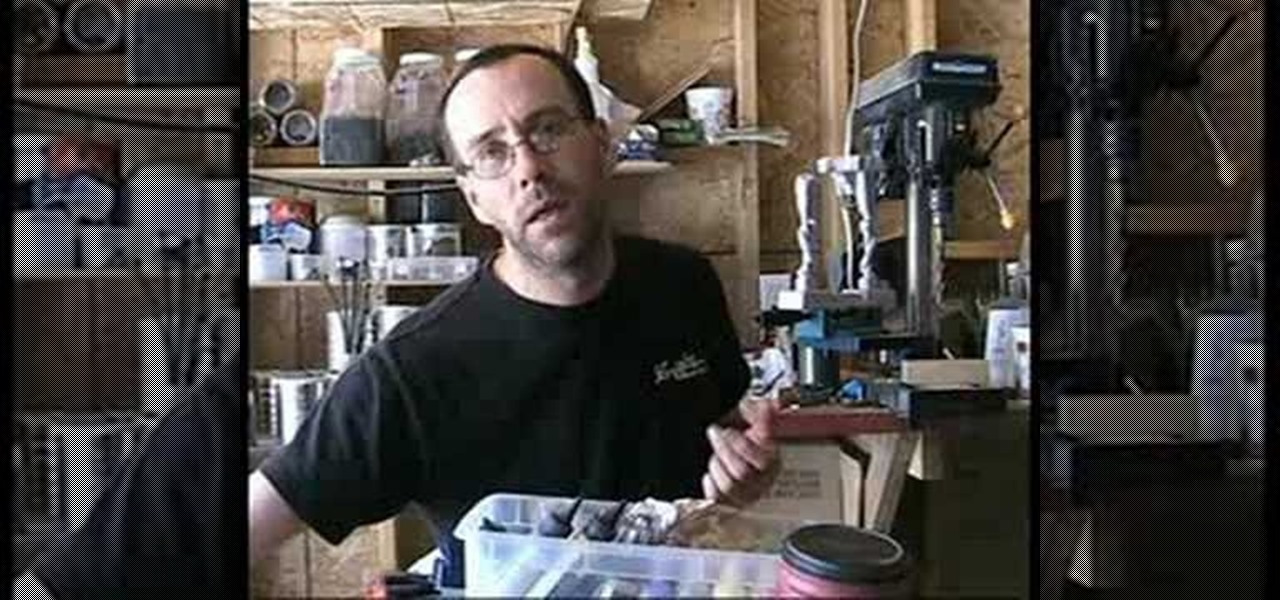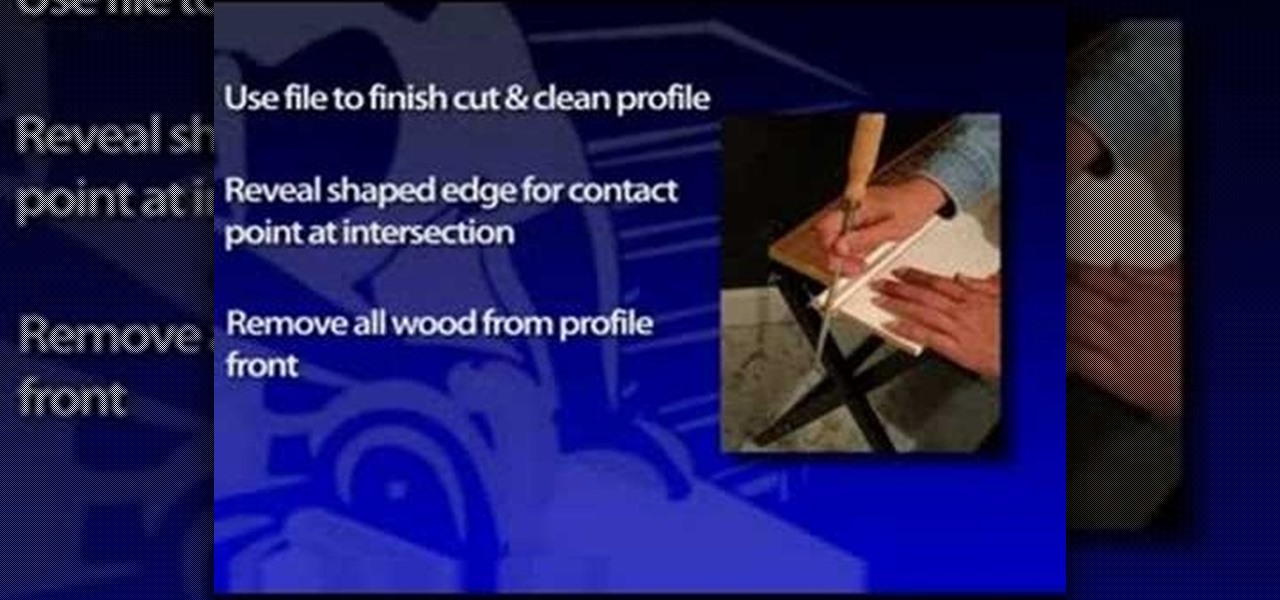
snow mold occurs in round patches of grass in the lawn. The patches contain a fussy substance (the mold), that appears in grey or pink; the most dangerous of the two. Mold is formed whenever a lot of snow is left on the lawn for a long period of time, this causes the mold to grow underneath. Late fertilization with a lot of nitrogen promotes mold. Dead grass or thatch can cause mold to develop. Gently raking allows airflow into the grass and promotes new grass growth. The putting down of gras...

She begins by taking something she has molded with Amazing Mold Putty. She uses Magic Gloss resin which cures with UV light to fill the silicon mold and sprinkles some glitter onto the resin. She emphasizes that she's doing this indoors, because the resin will harden when exposed to light. She takes it outside to cure in the sunshine and says it will take about 15 minutes to cure. When it's done, she rolls a ball of Pardo clay. She pops the molded piece out. She presses the molded resin piece...

In this how-to video series, learn the three M's of crown moulding installation projects - choosing the right materials, accurately measuring your moulding, and using your mitre saw to cut for an exact fit. Crown moulding can add a beautiful touch into your home. Watch this video home improvement tutorial series and learn how to install crown moulding.

If you're looking to dress up an ordinary room, think about installing crown molding (also spelled moulding). Very few additions make a visual impact like crown molding, which gives a subtle yet elegant design element to any space. And with the proper tools and set up, installation can be easy. While wood is a common choice for crown molding, urethane is also a popular material. For a recent project we installed Fypon urethane crown molding, which is lightweight, flexible and looks like solid...

This how-to video tutorial gives instruction as how to build a mold and the steps of how to make the mold out of RTC plastic, from application of the plastic mix to degassing.

Cutting crown molding is simple with these tips from Tim Carter. Your crown molding will easily fit any inside or outside corner if you follow Tim's tips. Simple crown molding will be even easier and complex crown molding will be doable.

Mold is not good for your home or your health. It creeps across damp ceilings and shower curtains, leaving a musty smell behind. In this tutorial, handyman Jay Baker shows you how to rid your home of mold before it gets a chance to make you sick.

Check out this video tutorial on how to make a fiberglass mold layup for car speakers. For fresh molds you must put several layers of wax on and I would consider PVA as well if the mold is less then a week old. Always use PVA (or equivalent) on your plug surface before molding.

If there ever was a day to eat green candy, St. Patrick's Day would be it. But is there something better than the banality of green candy swarming the streets on St. Patty's Day? Yes—glowing green candy, and Instructables user BrittLiv wants us to show you how it's done.

In this video, learn how to use a push mold to form your polymer clay. Molds are easier ways to make designs in your clay so that you don't have to shape the entire thing with your hands. This video will show you how to make earrings using a mold with an example that you can duplicate at home.

Back again with another in their great informational series for do it yourselves at home, Lowe's presents this video hosted by Mike Kraft demonstrating how to pressure wash your home's exterior siding. Mike describes in detail the tools, supplies, and steps you will need to take to remove dirt, mildew and mold from your home's exterior. Experienced do it yourselves and beginners alike will appreciate the detail and tips provided in this video, as well as some useful safety tips on using your ...

Whatever the occasion, if you like cranberries then you're going to love this dish. Wow your family and friends with this delectable Thanksgiving side dish.

Remove mildew as soon as you see it: not only is it gross, the longer the mold is allowed to grow, the more damage it can do to surfaces and even your health.

Add leaves and patterns to your mold! This how-to video shows you a way to create an organic design in your molds. Watch this video sculpture tutorial and learn how to design tile molds with leaf and different pattern imprints.

This instructional video shows the simple steps for how to cast a cavity pour mold with Mold Max 30 RTV Silicone Rubber. Learn how to make the mold and make duplicate models of statues, sculptures, or figures, with this casting technique.

Martha Stewart makes candle molds using Smooth-On PMC-744 Urethane Mold Rubber. Learn how to make molds and the candles!

Check out this video tutorial on how to fiberglass a mold layup for car subwoofer speakers. If you want the best fiberglass subwoofer box, this mold layup will get you there. Just follow these car audio instructions to get a booming audio system in you vehicle. If you ever wanted to make your own speaker boxes, this is the way to go.

Watch this instructional video to make cheap molds for casting miniatures. You can then duplicate pieces for building your diorama or game terrain. Sculpt original forms using polymer clay, and layer on latex to make a cheap rubber mold. Or, you can use pre-made forms to press shapes into a soft mold. This video provides several modes of creating plaster forms and duplicates for miniature sculptures.

This sculpture and candy making video will show you how to make your own sculpted silicone candy mold. This process uses Sculpy/Fimo, Amazing Mold Putty, and white chocolate for casting custom candies! This video is really good for ice cubes and jell-o too!

Watch this video to learn how to use glove molding systems. Glove molding systems are ideal for working on medium and large projects, this process involves creating a thin layer of flexible material and backing it up with a stronger, rigid material.This process can be used in automotive, mechanical, fine art and film special effects uses.

This video segment will show you how to make a simple mold using TAP Latex Mold Builder.

Hello, in this episode of In the Kitchen with Matt, we will continue with the Star Wars theme, last episode we made Star Wars Death Star Peanut Butter Cups, this episode we are making Star Wars Death Star Popsicles. So we are really getting great value out of our Death Star molds, because of the versatility they provide. These popsicles are super easy to make, if I can make them, you can make them! If you have any comments put them down below, and I will get back to you.

In this tutorial, we learn how to install crown molding to your room. First, choose the right size and style of molding for the room, then measure your room to find out how much you need. After this, you will need to buy a saw to cut the molding when you're ready to install. After you have the pieces cut, you will need to place these against the wall and then nail them in with a nail gun. Secure the molding to the joints in the ceiling and to the studs in the wall. To finish, putty the holes ...

In this Home & Garden video tutorial you will learn how to make a concrete counter top mold. Fu Tung Cheng from Concrete Network presents this video. For making different edges on your counter top, a compound called polyurethane is used for making the mold. It is a two part compound mixed together to form a rubbery substance. While using polyurethane follow the manufacturer’s recommended dosage, time, proportion and also use the recommended release agent. Take a piece of the molding wood and ...

Exposure to mold can cause potential health problems for you and your family. But there is a remedy. Follow these steps to help rid your home of mold and mildew.

This video segment will show you the basics of working with the TAP Silicone RTV System. This will explain how to measure the proper ratios.

Powdery mold can be destructive to late season crops. The mold eats the leaves, and can finally kill the plant. Learn how to prevent and eliminate this problem. Take care of your survival garden, and it will take care of you.

You can easily make an inexpensive silicone mold in your kitchen for cheap! This is a great project to do with your kids, or just for fun! You can also use this method to easily make theatrical props and prosthetics.

If you have a toy you love SO much, this video will show you how to create a simple mold so you can duplicate it! This simple how-to tells you what you'll need to get cloning today. This video will also tell you what can and can't be cloned.

When soap making, soap molds save you a lot of time, allowing you to produce prettily shaped bathtime goodies in less time and in greater quantities. Designs (decals) can then be added on top of these soaps for a personalized effect.

When installing baseboards, crown molding ("moulding") and chair rails, it's tempting to cut 45-degree miters at the corners and hope for a sure fit. The problem is that most walls aren't square. Joining two 45-cut molding pieces may give you a square joint, but a square joint may not work for your crazy corner. In fact, it seems like every wall is just a “hair” out of square. This problem could be due to a framing error or a buildup of drywall compound in the corner. But even a perfect miter...

This short automotive customization video shows you how to mount your chrome moldings onto the body of a 66 or earlier beetle without damage. If you have a Volkswagen Bug that needs some loving, watch this video and learn how to restore the chrome molding on your VW to a bling-bling shine.

This video taxidermy tutorial shows how to make a wall mount sculpture of a white crappie fish. The initial fish is bedded into a soft clay mold, and then painted with fiberglass resin. When the mold hardens and dries, it can then be filled with whatever material desired to make the wall mount. Watch this instructional video and learn how to make a mold for a white crappie fish wall mount sculpture.

In this how-to video series, learn how to make a hair piece mold from expert Sean Graham. Sean will teach you what equipment and materials you need for making molds for hair pieces and he will demonstrate how to mark the hair line shape for a hair piece, hair to create the hair style for a hair piece, how to create fasteners for hair pieces, and how to match hair piece color to natural hair color.

Some good crown molding can make any room really pop. In this video, Mark Donovan of HomeAdditionPlus.com takes us through the basics of crown molding. He shows us a few examples, and walks us through installing it.

Why pay a contractor to do projects that, with a little effort and perseverance, you can do yourself? In this video tutorial, you'll learn how install crown molding in a rectangular room by coping your inside corners. For a step-by-step look at the crown molding installation process for a rectangular room, take a look at this DIY how-to.

Watch this instructional video to make a one part silicone mold. Silicone molding is a simple and accurate process and will forgive many mistakes. You can actually smooth the silicone onto your object as it dries.

Art Jewelry Magazine associate editor Jill Erickson shows you a couple of ways to condition polymer clay. Conditioning, or kneading, is essential to drive out air bubbles and to better prepare clay for molding. Learn how to condition or knead polymer clay before molding or sculpting by watching this video jewelry-making tutorial.

This video segment will show you a few of the many ways to make mold boxes or containers. Build a mold box of silicone or urethane.

Check out these videos to learn how to cast simple polyurethane molds to for use in model-making, film special effects, fine art, and craft applications. This video does not cover making molds just casting in polyurethane.



































